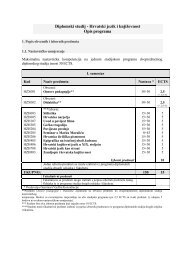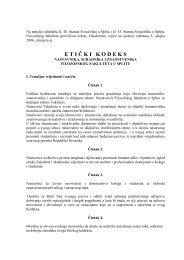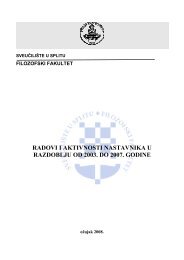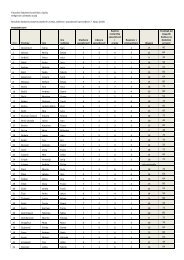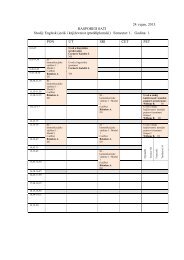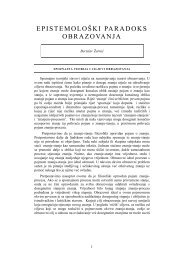Understanding Human Communication
Understanding Human Communication
Understanding Human Communication
You also want an ePaper? Increase the reach of your titles
YUMPU automatically turns print PDFs into web optimized ePapers that Google loves.
TABLE 9-1 Some <strong>Communication</strong> Factors Associated with Group Productivity<br />
The group contains the smallest number of members necessary to accomplish its<br />
goals.<br />
Members care about and agree with the group’s goals.<br />
Members are clear about and accept their roles, which match the abilities of each<br />
member.<br />
Group norms encourage high performance, quality, success, and innovation.<br />
The group members have sufficient time together to develop a mature working<br />
unit and accomplish its goals.<br />
The group is highly cohesive and cooperative.<br />
The group spends time defining and discussing problems it must solve and decisions<br />
it must make.<br />
Periods of conflict are frequent but brief, and the group has effective strategies for<br />
dealing with conflict.<br />
The group has an open communication structure in which all members may<br />
participate.<br />
The group gets, gives, and uses feedback about its effectiveness.<br />
Adapted from research summarized in S.A.Wheelan, D. Murphy, E.Tsumaura, and S. F. Kline,“Member Perceptions of Internal<br />
Group Dynamics and Productivity,”Small Group Research 29 (1998): 371–393.<br />
erence book for parliamentary procedure is the revised edition of Robert’s<br />
Rules of Order. Although the parliamentary rules may seem stilted and cumbersome,<br />
when well used, they do keep a discussion on track and protect<br />
the rights of the minority against domination by the majority.<br />
5. Panel discussion Another common problem-solving format is the panel<br />
discussion, in which the participants talk over the topic informally, much<br />
as they would in an ordinary conversation. A leader (called a “moderator” in<br />
public discussions) may help the discussion along by encouraging the comments<br />
of some members, cutting off overly talkative ones, and seeking consensus<br />
when the time comes for making a decision.<br />
6. Symposium In a symposium the participants divide the topic in a manner<br />
that allows each member to deliver in-depth information without interruption.<br />
Although this format lends itself to good explanations of each person’s decision,the<br />
one-person-at-a-time nature of a symposium won’t lead to a group decision.The<br />
contributions of the members must be followed by the give-andtake<br />
of an open discussion.<br />
7. Forum A forum allows nonmembers to add their opinions to the group’s<br />
deliberations before the group makes a decision.This approach is commonly<br />
used by public agencies to encourage the participation of citizens in the decisions<br />
that affect them.<br />
CHAPTER 9 SOLVING PROBLEMS IN GROUPS 295






